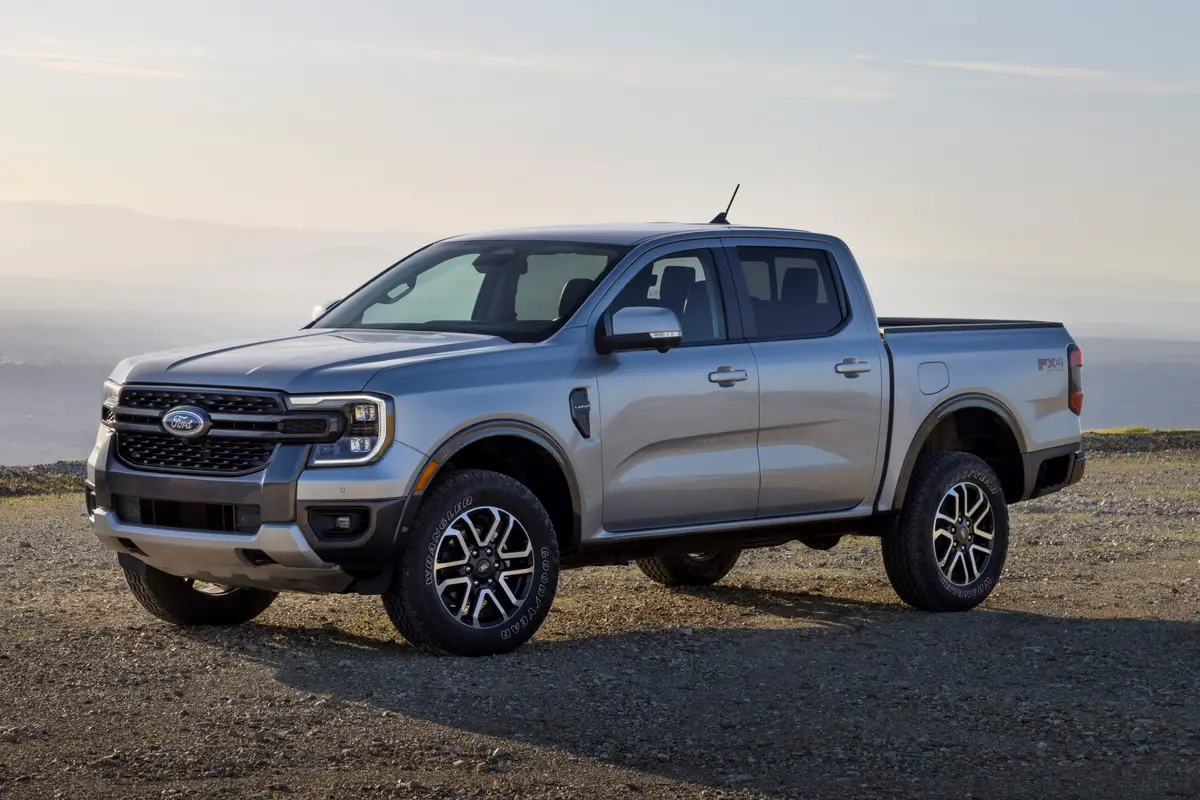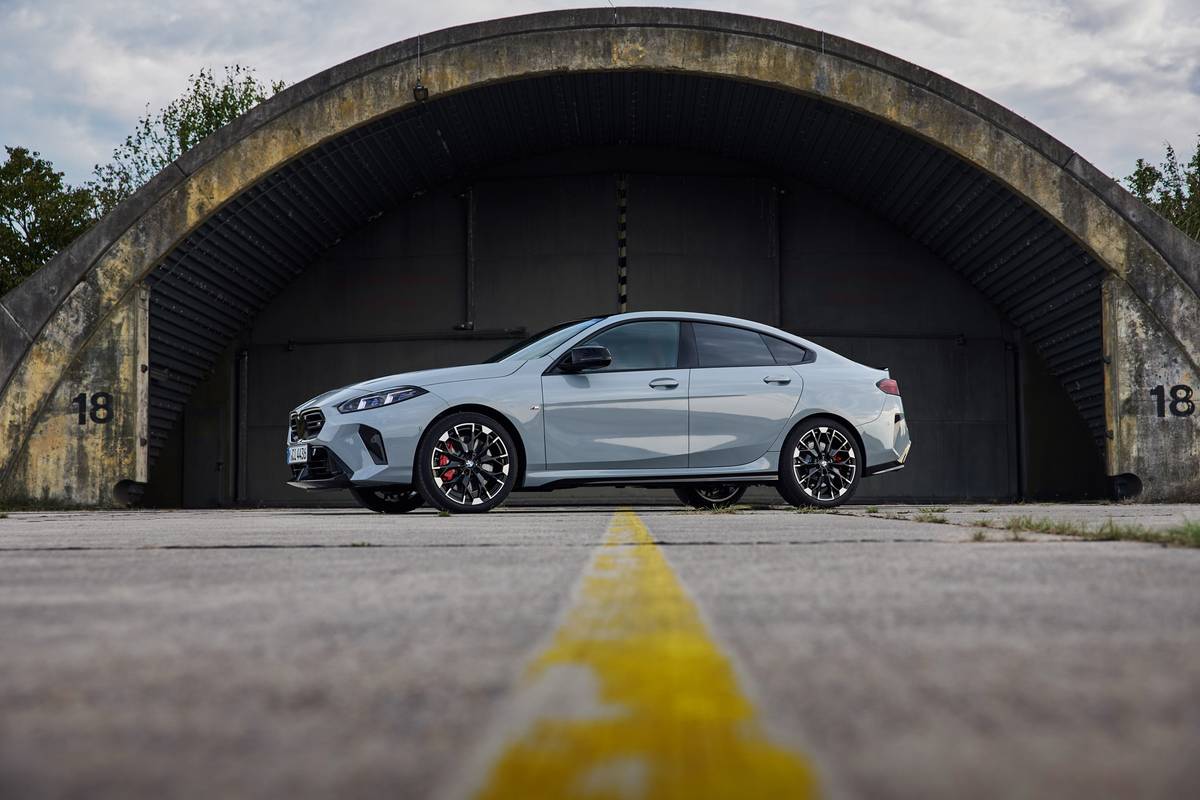The Sacramento Bee's view
It seems there is no finite point in America’s automotive tastes. The next great thing has to be bigger, faster and packed with more goodies than a 10-ton box of Cracker Jack.
That’s particularly true when it comes to sport-utility vehicles, a segment in which automakers appear determined to build the Titanic on wheels.
Two imports offer an alternative to the bigger-is-better school of SUV thought.
Recent outings in the 2001 Mazda Tribute ES-V6 with four-wheel drive and the 2001 Suzuki Grand Vitara JLX Limited (also with four-wheel drive) demonstrated that the capable, smaller-than-North Dakota SUV has a future.
But if you have become spoiled by a giant, high-riding sport-ute, the Mazda and Suzuki products are going to be tough for you to swallow.
Let’s start with the new-for-2001 Mazda Tribute, sibling of the new Ford Escape. The Tribute comes with pop, or without.
Happily, the tested Tribute ES-V6 came with pop in the form of 3-liter, 24-valve engine churning out 200 horsepower. With an electronically controlled four-speed automatic calling the shots, the enthusiastic performance of the Tribute was the best part of the deal.
Mazda has tuned the Tribute to deliver its best on the highway, although the off-road run the tested model made near the community of Williams certainly was strong enough to earn the SUV brand. The 16-inch radials dug into the dirt and made quick cuts and turns with antelope-like precision. Very nice.
Mazda also brags about its “Triple-H” body reinforcements (in the roof, sides and floor) to enhance rigidity, and that rigid structure was more than evident on the road and off.
The ES-V6 was loaded up with a luxury package, a premium audio package and even special all-weather floor mats, but the fare still came to a comparatively affordable $25,019.
The Tribute can be had for much less in other forms. It comes in DX, LX and ES trim, and the DX with a manual gearbox and a 2-liter, 130-horsepower engine is the least expensive of the eight possible configurations with a base sticker of $17,210.
Please note, this is not your Toyota Sequoia or your monster-size Chevrolet Suburban. Cargo volume behind the back seat is 33.1 cubic feet, but you can jam in 63.9 cubic feet of stuff by throwing out extra passengers and folding down the rear seat.
Passengers in the rear seat are likely to feel cramped even with the front seats jacked as far forward as possible.
Still, the Tribute is a nice choice for those looking for SUV-type convenience that is affordable, moderately sized and priced less than a 5,000-square-foot house.
That also applies to the tested Grand Vitara, but the Suzuki package is even smaller (8.5 inches shorter than the tested Tribute).
Those 8.5 inches makes a difference. The cargo area behind the Grand Vitara’s rear seat comes to 21 cubic feet. And those three passengers squeezed into the rear seat are just that — squeezed.
I did not expect a lot from the 2.5-liter V-6 rated at 155 horsepower. It was a false assumption.
The small six did an admirable job when asked to deliver, and it quickly distanced the Suzuki SUV from surrounding traffic with more authority than usual from 155 advertised horses.
And the four-wheel drive system was nice, offering the choice of high and low ranges for off-roading. Off the main road — again, near Williams — the Grand Vitara tackled the rougher territory with enthusiasm for a compact SUV.
Large human beings take note: This is a decidedly compact sport-ute. It’s a tight fit, even in the driver’s seat. Taking the Grand Vitara off-road means your left shoulder is going to take a beating when the SUV hits the bumps.
And then there’s the door-locking system. The engineer who came up with what was on my tested model ought to be drummed out of the automotive engineers’ corps. The power locks locked allfo r doors — until I closed the driver’s side door, which immediately unlocked.
No problem, you say. Just like the old days, you have to hold the door handle open to make the driver’s side door lock.
That’s great, except that the door handle on the Grand Vitara I had was not the kind you push in with the heel of the hand or with the thumb. It was a pull handle, which meant that to close and lock the passenger door one had to push on the door while pulling the handle in the opposite direction. Sometimes, the door actually closed and locked (sometimes on the fifth try).
Inside the vehicle — with the engine off and the shifter in “park” — a tug on the door handle does not open the door. You have to slap the power-unlocking button or manually reach around your left shoulder to unlock the door.
I hate to go on and on about door locks, but I was utterly mystified in the 21st century to struggle with locking/unlocking the doors on a motor vehicle with power locks.
And this was the primo Grand Vitara, listing for $23,554. There are nine other possible configurations for the Grand Vitara, with the most economical being the $18,399 JLS with a manual transmission and two-wheel drive.
Sure, I know what you’re thinking. What else do you want from an economy SUV? I wouldn’t expect to find a 400-horsepower V-8 in a Saturn coupe, would I?
Fair enough. The Suzuki Grand Vitara shapes up as a small slice of SUV that can move with the traffic or play in the dirt.
But I beg you, Suzuki engineers, change the locks.
Latest news



